Moringa Oleifera Fruits: A Versatile and Nutritious Ingredient. Often referred to as “drumsticks” due to their elongated shape, the fruits of the Moringa Oleifera tree are a hidden gem in the culinary world. Rich in vitamins, minerals, and essential amino acids, these fruits have a flavor reminiscent of asparagus, making them an exciting addition to various dishes. Let’s explore how to incorporate Moringa fruits into your meals while maximizing their nutritional and culinary potential.
Moringa fruits are particularly valued in Asian cuisines, especially in India and Myanmar, where they feature in soups, curries, and side dishes. To prepare them, a brief boiling process softens the texture and tempers their slightly bitter taste. With this simple technique, Moringa fruits are ready to be used in a wide array of recipes, from simple to complex dishes.
Recipes and Ideas for Using Moringa Fruits
If you have access to fresh Moringa fruits, here are some creative and delicious ways to enjoy them. These recipes are simple yet highlight the unique flavor and nutritional benefits of Moringa fruits.
1. Moringa Velouté
A velouté made with Moringa fruits is a rich, comforting dish, perfect for those seeking a nutritious and creamy meal. To make it, clean the fruits and chop them into pieces, then cook them in vegetable broth along with potatoes, onions, and fennel seeds. Once the ingredients are soft, blend everything until smooth and creamy. Finish the velouté with a drizzle of extra virgin olive oil and a splash of lime juice for a fresh note. This dish is perfect for a light yet satisfying dinner and a great way to savor Moringa fruits.
2. Moringa Fruit Frittata
With a flavor similar to asparagus, Moringa fruits are an excellent addition to a frittata. After boiling the fruits for a few minutes, chop them into small pieces and mix them with beaten eggs. Add fresh herbs like parsley or basil and a sprinkle of grated cheese for extra flavor. Cook the frittata in a pan until golden on both sides. This simple yet delicious dish is perfect for a light lunch or quick dinner.
3. Asian-Style Moringa Soup
In Asian countries, Moringa fruits are often used in soups and curries. You can prepare a simple soup inspired by Burmese tradition. Sauté garlic, onion, and turmeric in sesame oil, add chopped tomatoes and boiled Moringa fruits. Pour in water or broth and let everything simmer until the ingredients meld together. For an added twist, include fresh spinach or small pieces of fish or shrimp. The result is a warm, aromatic, and nutrient-rich dish.
4. Moringa Fruits as a Side Dish
To enjoy the natural flavor of Moringa fruits, simply boil them and season with extra virgin olive oil, salt, and pepper. For added flavor, sauté them with garlic and a splash of lemon juice. This simple side dish pairs perfectly with meat or fish, allowing you to savor the authentic taste of Moringa fruits.
Nutritional Benefits of Moringa Fruits
Like the leaves and seeds, Moringa fruits are a powerhouse of nutrients. Packed with vitamins A and C, calcium, iron, and proteins, they are ideal for boosting the immune system, improving skin health, and fighting inflammation. Regular consumption of Moringa fruits can provide essential nutrients and antioxidants that help combat free radicals and keep the body energetic and healthy.
The presence of essential amino acids in Moringa fruits makes them particularly beneficial for vegetarians and vegans, as they provide a natural source of complete proteins. Additionally, the combination of minerals such as calcium and magnesium helps strengthen bones and muscles, while their anti-inflammatory and antioxidant properties protect the body from oxidative stress.
An Exotic Ingredient to Experiment With
Although Moringa fruits are not commonly found in Italian cuisine, their unique flavor and numerous nutritional benefits make them an ingredient worth exploring. If you can find them fresh, use these recipes to enhance your meals and experiment with new flavors. If fresh fruits are unavailable, you can always try other Moringa-based products like Moringa Pesto, Moringa Powder, or Tomato Sauce with Moringa, available in our shop.
Moringa is an extraordinary plant that continues to surprise us with its versatility. Experiment with its fruits in your cooking and discover how an exotic touch can transform your dishes!

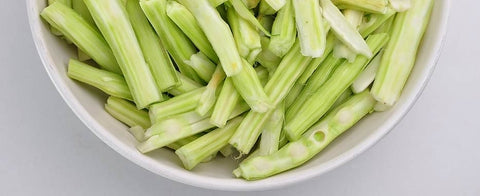
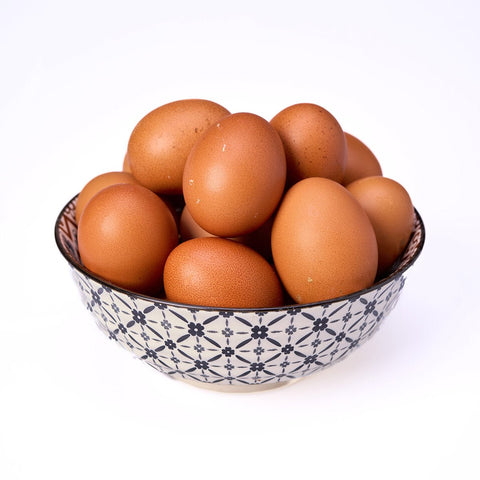
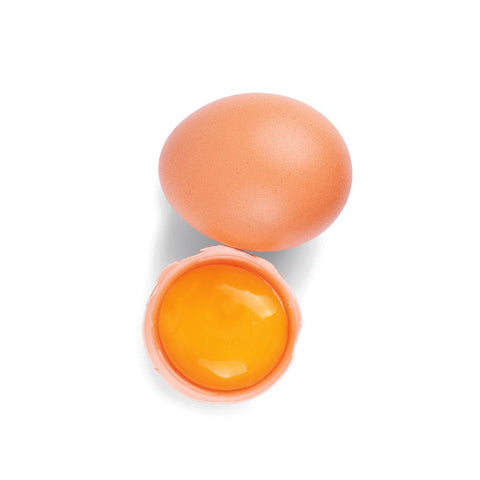
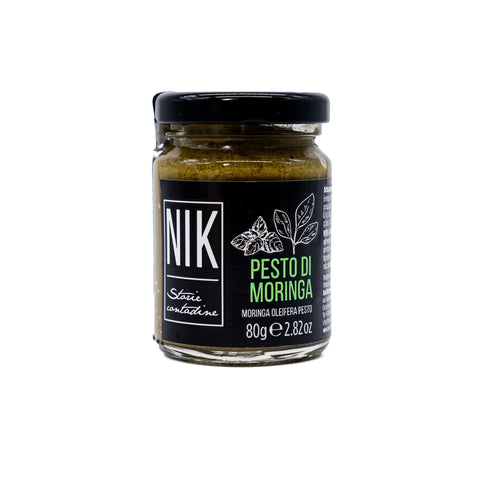
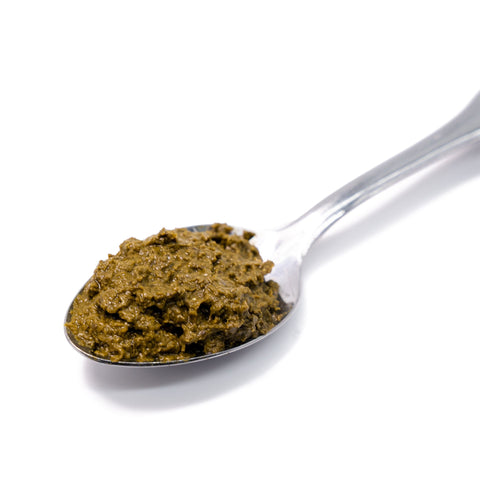
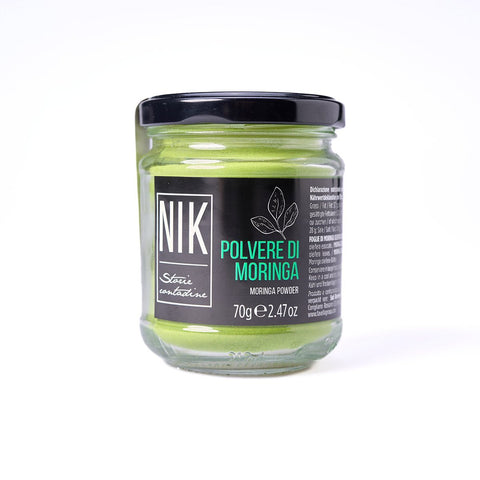

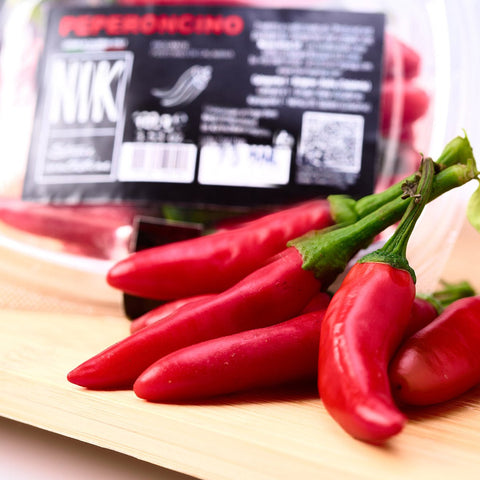
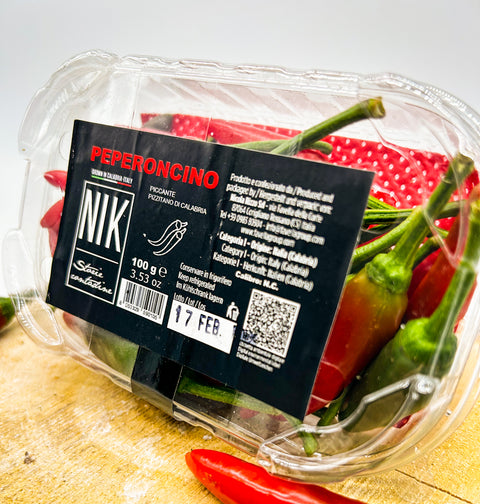
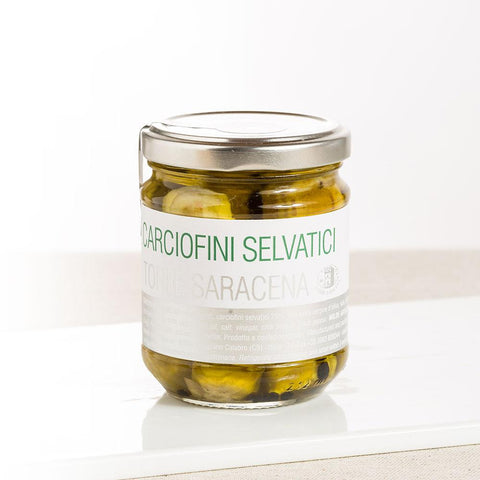
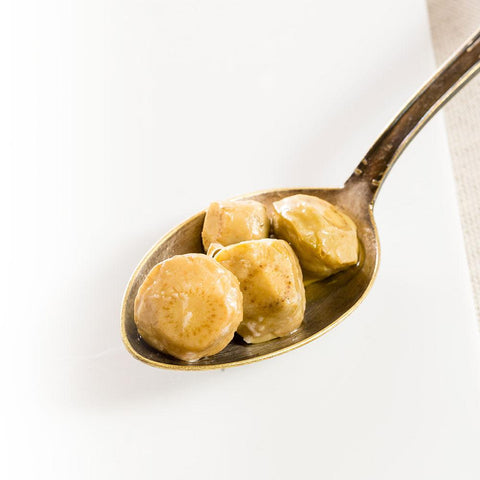
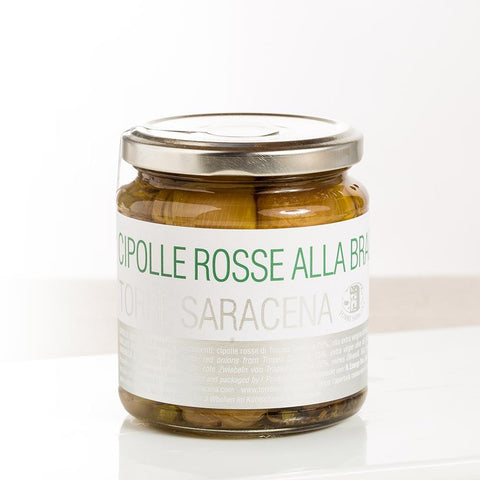
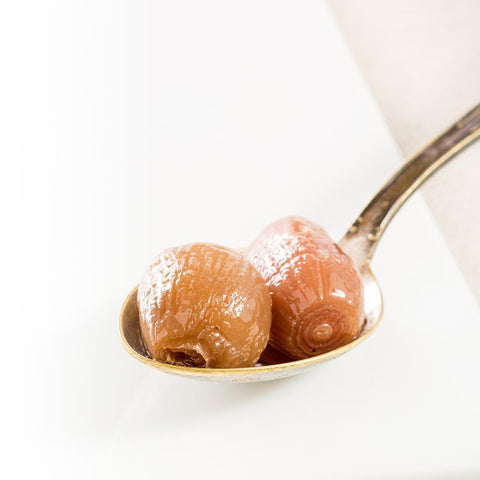
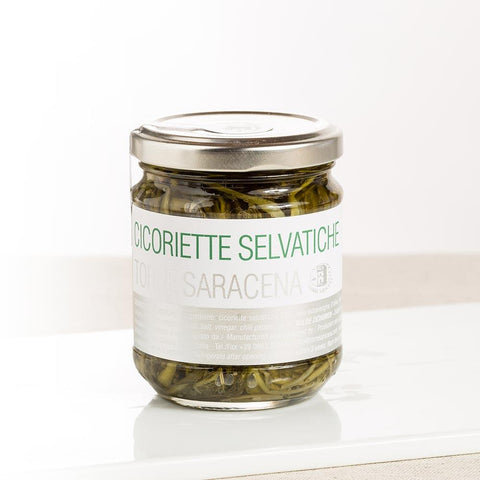
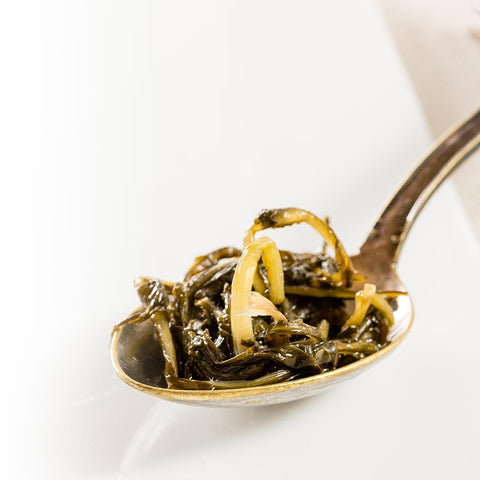
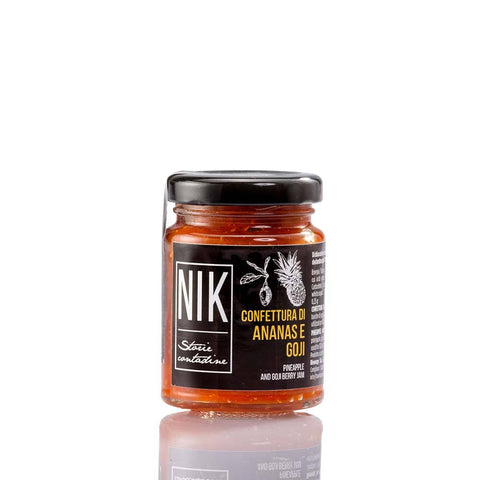
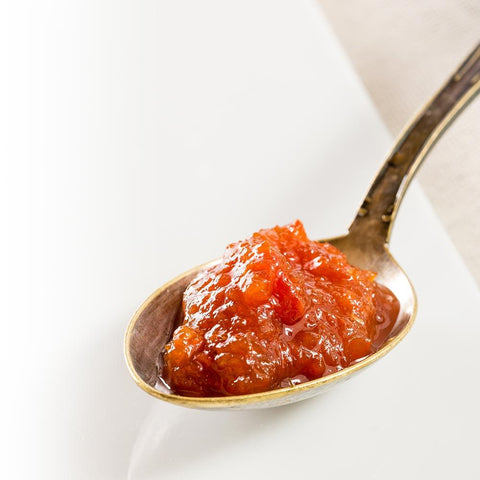
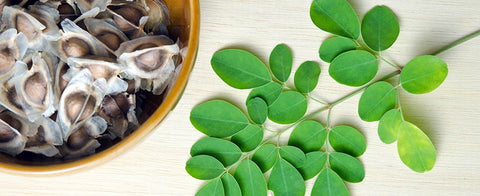

Comments (1)
Grazie delle informazioni non conoscevo la
Moringa